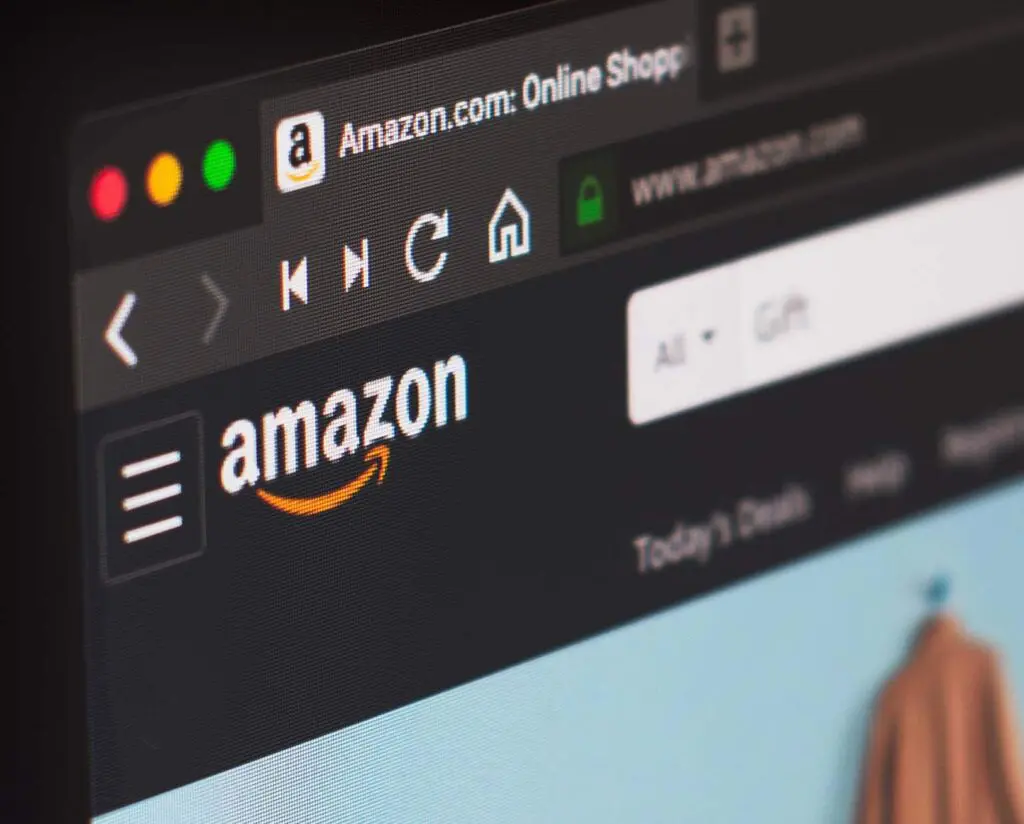Prime Day is one of the biggest sales opportunities of the year—but it’s also one of the easiest to mismanage. Even experienced sellers can fall into familiar traps: launching too late, overlooking mobile users, or running out of inventory mid-campaign. And when the clock is ticking, mistakes don’t just cost you sales. They cost you rankings, ad dollars, and repeat customers.
In 2024 alone, independent sellers sold more than 200 million items during Prime Day, making it Amazon’s biggest event to date.1 That kind of volume leaves no room for errors.
Let’s flip the usual “what to do” Prime day marketing list and instead shows you what not to do, giving you a sharper lens on potential blind spots before they derail your success. If you’re serious about making this your most profitable Prime Day yet, pair these tips with Amplifyy’s Smart Seller’s 2025 Prime Day Guide for a complete strategy across listings, advertising, and fulfillment.
Learn the most common Prime Day mistakes and how smart sellers can fix them fast to stay competitive, profitable, and prepared.
1. Waiting Too Long to Launch Campaigns
Plenty of tips for selling on Amazon focus on what to do during Prime Day, but high-performing campaigns start long before the big day hits. Waiting until the week of Prime Day to launch ads can severely limit your reach and ROI.
Why timing matters:
- Ads launched in advance benefit from stronger historical performance data
- Early spend gives you time to refine amazon seller keywords and messaging
- Amazon’s algorithm favors established campaigns, not last-minute scrambles
Fix it fast: Launch campaigns at least 3 to 4 weeks before Prime Day to test creative, optimize bids, and build campaign momentum. Then ramp up spend closer to the event with the confidence that your campaigns are battle-tested.
2. Failing to Optimize Listings for Mobile
Here’s the hard truth. If your listings look good on desktop but clunky on a smartphone, you’re losing sales. More than half of US Amazon customers browse on mobile devices these days, yet many listings are still built without mobile UX in mind.
What to watch for:
- Dense bullet points that are hard to scan on small screens
- A+ Content that doesn’t render cleanly or gets cropped and cut off
- Image stacks without clear product angles or value communication
Fix it fast: Use short, punchy bullets that focus on product benefits. Break up formatting for easy mobile scanning, and preview your A+ modules on mobile devices before going live. If your listing doesn’t deliver the “why buy now” answer in five seconds or less, shoppers will bounce, especially during Prime Day.
3. Overlooking Cross-Channel Promotion
Your amazon prime day marketing strategy shouldn’t live on Amazon alone. Too many sellers ignore external audiences and miss out on serious conversion potential.
What you might be missing:
- Warm audiences from your email or SMS lists
- Consistent branding across all your platforms
- Valuable attribution data from off-Amazon campaigns
Fix it fast: Start promoting your Prime Day deals to owned audiences the week prior. Send teaser emails, text reminders, and schedule posts across platforms like Instagram and Facebook. Then use Amazon Attribution to track conversions from each channel and adjust your spend in real time. Coordinated messaging across channels helps customers recognize your brand no matter where they find you and makes your Prime Day offers feel more cohesive and compelling.
4. Misjudging Inventory Needs
You could nail your ads, pricing, and listings, but if you run out of stock mid-event, it’s game over. Prime Day can trigger category-specific sales surges (think 2x, 5x, or even higher), and your typical forecasting model might not cut it.
Where sellers go wrong:
- Underestimating FBA delays and warehouse cutoffs
- Failing to build FBM contingencies to protect your business
- Using linear forecasting that doesn’t account for Prime Day spikes
Fix it fast: Look at last year’s daily sales and increase estimates by 15 to 50% depending on product category. Confirm your inventory is fully received in Amazon warehouses before Prime Day and set up FBM as a fallback in case of FBA hiccups. A missed shipment window isn’t just a lost sale. It’s a lost momentum curve you may not get back.
5. Setting & Forgetting Ad Campaigns
You wouldn’t walk away during the middle of a poker game, so why do it with your Prime Day ads?
The Amazon marketplace shifts by the hour during major events. If you’re not monitoring your campaigns closely, you could overspend, underspend, or fail to capitalize on breakout performers.
Where sellers slip:
- No real-time adjustments to ACoS or ROAS
- Over-spending on low-performing ASINs
- Missing optimization windows during key sales hours
Fix it fast: Monitor your campaigns closely throughout the event. Track ACoS and ROAS hourly, especially during traffic peaks. Be prepared to pause campaigns that are underperforming and reallocate that spend to your top converters. Use dynamic bidding to maximize top-of-search placements and apply dayparting to avoid overnight waste. A hands-on approach to ads can be the difference between a breakeven day and a breakout one.
6. Neglecting Post-Event Strategy
Prime Day doesn’t end when the timer runs out. There’s a lucrative post-event window where smart sellers keep winning thanks to retargeting, abandoned cart follow-up, and email nurture campaigns.
What’s often overlooked:
- Retargeting visitors who viewed or carted but didn’t buy
- Engaging new customers to drive repeat purchases
- Analyzing sales “aftershocks” to plan future campaigns
Fix it fast: Launch sponsored display and remarketing campaigns targeting shoppers who engaged but didn’t convert. Build email flows to follow up with new customers and drive second purchases with post-event offers. Review your halo effect metrics. How much lift did you see 2 to 3 days post-Prime? That data can guide how long to maintain promotional spend before returning to baseline.
7. Underestimating Customer Service Volume
You’ve planned your ads, inventory, and listings. But what about your inbox? A flood of orders often comes with a flood of customer inquiries: promo questions, shipping delays, return issues. If your support team isn’t ready, poor service can sink your ratings just as fast as poor product performance.
Where things go sideways:
- Delayed replies to high volumes of order or return inquiries
- PDPs that don’t set clear shipping expectations
- No contingency plan for overwhelmed support channels
Fix it fast: Prepare templated responses for common questions about delayed shipping, promo codes, or returns. Update your product detail pages with clear, realistic shipping timelines to reduce confusion and preempt support tickets. If needed, scale your team or implement chatbots to triage inquiries across time zones. Responsive service can keep your ratings intact and help convert first-time buyers into loyal customers.
Fix the Flaws, Maximize the Moment
The difference between Prime Day marketing success and Prime Day marketing stress often comes down to avoiding small mistakes before they turn into big ones. By recognizing these pitfalls early and acting fast, you can strengthen your campaigns, protect your margins, and maximize every hour of the Prime Day window.
Your products are ready. Make sure your strategy is, too. Need support? Get in touch with Amplifyy for everything you need to see success this Prime Day and the next.
Sources:
1. Amazon Announces Record-Breaking Sales for 2024 Prime Day Event, Amazon





